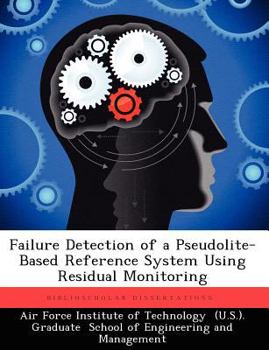Failure Detection of a Pseudolite-Based Reference System Using Residual Monitoring
Pseudolite measurements typically contain cycle slips and other errors that can affect reliability. Past work relied on the receiver-reported signal-to-noise (SNR) value to determine whether or not a cycle slip occurred. However it has been shown that even when the SNR is relatively high, a cycle clip can occur. To reduce the error in the pseudolite measurements, the pseudolite system was integrated with an inertial navigation system (INS). The integrated system detects failures through residual monitoring using a likelihood function. Integrating the inertial sensor provides a means for a filter to maintain the reliability of the pseudolite data which, in turn, increases the integrity of the resulting navigation solution. An experiment was conducted using six pseudolites and a ground vehicle equipped with a pseudolite receiver, and both a commercial-grade and tactical-grade inertial systems. Results from this experiment have shown cycle slips in the carrier phase measurements were detected and corrected using both commercial-grade and tactical-grade INS, but that performance, in terms of probability of detection and time to detect, was improved with the higher quality inertial data.
This work has been selected by scholars as being culturally important, and is part of the knowledge base of civilization as we know it. This work was reproduced from the original artifact, and remains as true to the original work as possible. Therefore, you will see the original copyright references, library stamps (as most of these works have been housed in our most important libraries around the world), and other notations in the work.
This work is in the public domain in the United States of America, and possibly other nations. Within the United States, you may freely copy and distribute this work, as no entity (individual or corporate) has a copyright on the body of the work.
As a reproduction of a historical artifact, this work may contain missing or blurred pages, poor pictures, errant marks, etc. Scholars believe, and we concur, that this work is important enough to be preserved, reproduced, and made generally available to the public. We appreciate your support of the preservation process, and thank you for being an important part of keeping this knowledge alive and relevant.





